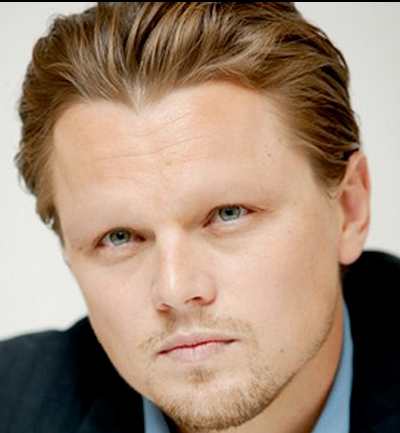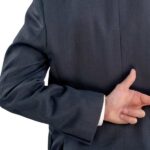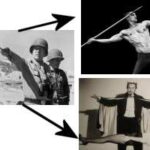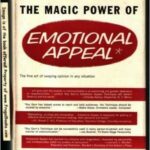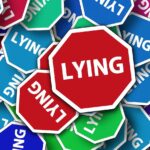Facial recognition is something hardwired into everybody and has been honed through millions of years of human evolution as a way to survive. Prehistoric man had to pick out a face of predators from the background or detect if his prey was looking at him while hunting if he was going to survive.
The ability to pick out faces from the background is so prevalent that we often see faces in inanimate objects such as in cars. Automobile designers know this and are able to convey a car’s personality through the use of headlights, grills, bumpers, and badges. When we encounter others, clues given off by our face can have a more profound effect than the actual words of our message.
By subtle facial clues, we can easily recognize if a person is angry, happy, or sad.
Anger is the easiest emotion to detect. Of all the features on our face, the eyes are the window to our souls. More than a dozen emotions are conveyed and detected through your eyes. From a squint revealing concentration to a wink conveying humor, you can tell a lot about what another person is thinking.
A subtle clue such as a little more white on one side of the eye can reveal that a person is looking away or if they are staring directly into your eyes which becomes a powerful sign that you are the object of their attention. That said, staring too long without verbal intercourse makes others think they are doing something wrong.
If a person is experiencing increased levels of stress, their heart rate and breathing increase, which are subconsciously detected. Moreover, a quick heart and respiration rate raises body temperature, reddening parts of the face and ears. An increased heart and respiration rate may even cause sweating, which can also be easily seen near a person’s hairline.
When it comes to recognizing one face from another, the most recognized feature is not the eyes but the eyebrows. Personally, my right eyebrow has been hit by a rifle scope a few too many times, leaving a worn-in cut that makes my eyebrows look like a semi-colon.
That said, it is not a single feature, such as a person’s eyes, nose, mouth, hairline, eyebrows, etc, that allows us to recognize others. Like the numbers assembled in a phone number, it is the collection of all these features that allow us to recognize others.
Do you ever focus on the unconscious message you give off with your face during meetings? Are your gut reactions to a person formed on subtle and unconscious facial gestures? Do you recognize the face in the photo? He is missing his eyebrows.

